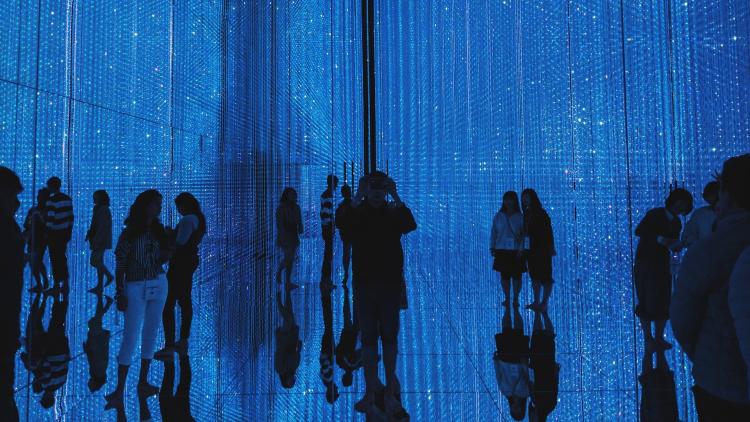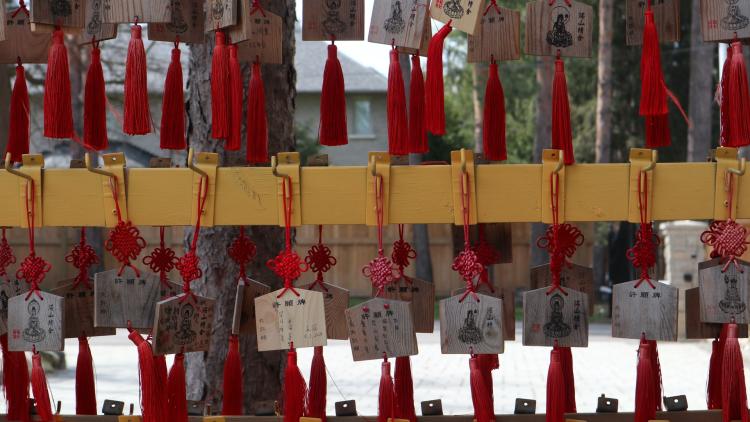Deities, Devotion and the arts of Hinduism

Key information
- Start date
- End date
- Year of study
- Any
- Duration
- Term 2
- Module code
- 15PARH103
- FHEQ Level
- 7
- Credits
- 15
- Department
- School of Arts & Department of History of Art and Archaeology
Module overview
The creation of sacred images and sacred spaces has been a major feature of the Hindu tradition for the last two thousand years.
This module examines key themes and issues in the study of Hindu art and visual culture. The material discussed may include images, sculptures, paintings and/or prints from the early centuries CE through to the 14th century in South and/or Southeast Asia, and/or c.1500 to the present in South Asia. Central issues addressed include: anthropomorphism and the Hindu image; iconography, aesthetics and Hindu imagery; body, gender and Hindu images; narratives in sculpture and painting; materials, media and methods; image, ritual and performance; art and pilgrimage; the historiography of Hindu art. Class teaching will be complemented by visits to museum collections. Students will acquire not only a wide-ranging knowledge of approaches to Asian religious art in general, but also a deep understanding of the role of the visual arts in the Hindu tradition.
In 2023/24, the main focus of the module will be on painting – court, temple, folk – in the period from c.1500 to the present in South Asia.
Objectives and learning outcomes of the module
On successful completion of the course, a student will be able to
- Evaluate the political, social and religious contexts for the production and use of art.
- Assess key themes in the study of Hinduism and Hindu art.
- Understand how and why religious images have been made and used in South and/or Southeast Asia.
- Critically analyse Hindu images in a variety of media from South and/or Southeast Asia using appropriate vocabulary.
Workload
- Lectures: 1 hour per week
- Seminars: 1 hour per week
Method of assessment
- 1,000-word critical analysis of image (worth 30% of marks)
- 2,000-word essay (worth 60%)
- One weekly logbook (worth 10%)
Suggested reading
- Molly Emma Aitken, The Intelligence of Tradition in Rajput Court Painting (London and New Haven: Yale University Press, 2010).
- Vidya Dehejia, The Body Adorned: Dissolving Boundaries between Sacred and Profane in India’s Art (New York: Columbia University Press, 2009).
- Vidya Dehejia, The Thief Who Stole My Heart: The Material Life of Sacred Bronzes from Chola India, 855–1280 (Princeton: Princeton University Press, 2021).
- Jessica Frazier, ed., The Bloomsbury Companion to Hindu Studies. (London ; New York: Bloomsbury, 2014).
- Imma Ramos, Tantra : Enlightenment to Revolution (London: Thames and Hudson, 2020).
Disclaimer
Important notice regarding changes to programmes and modules


